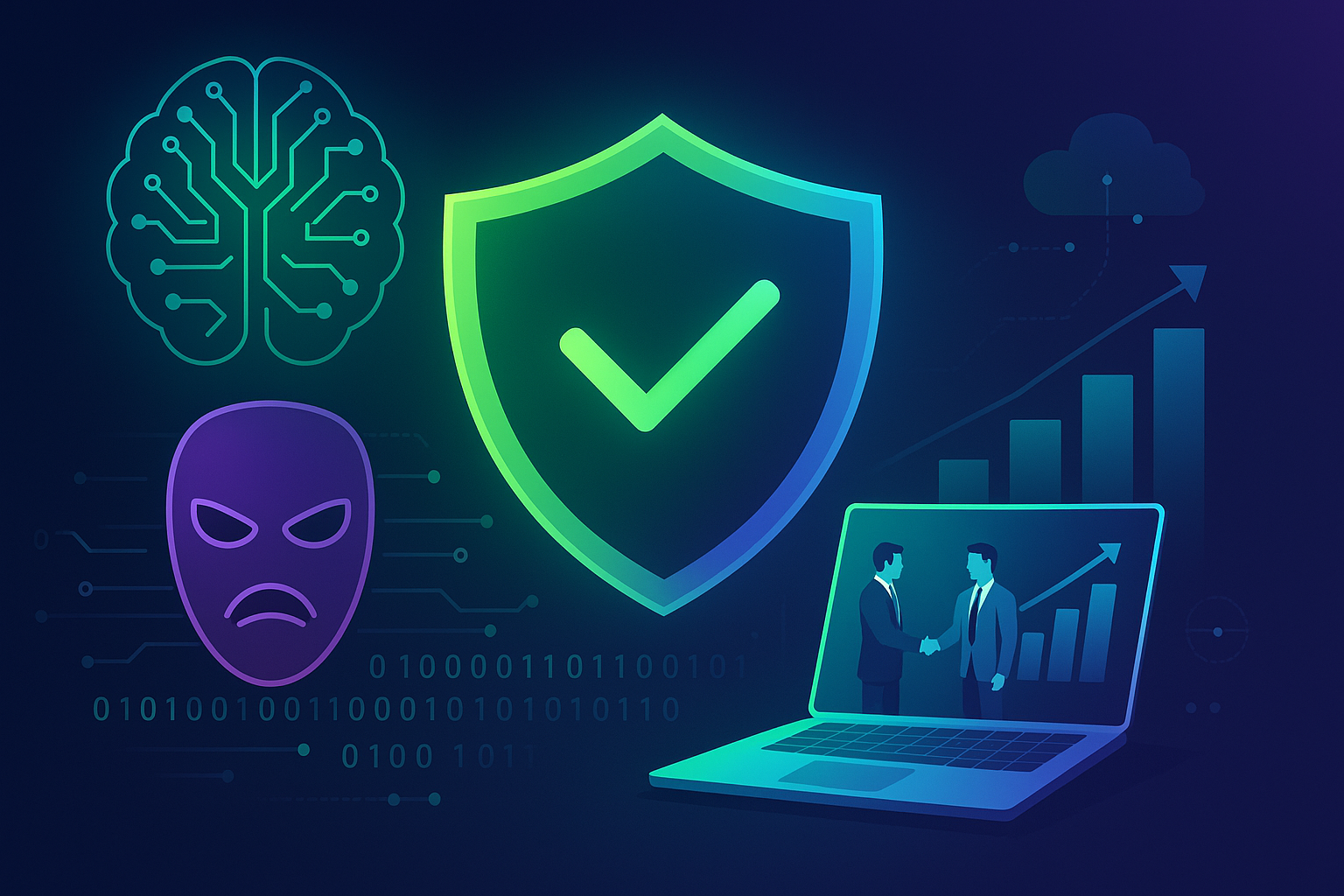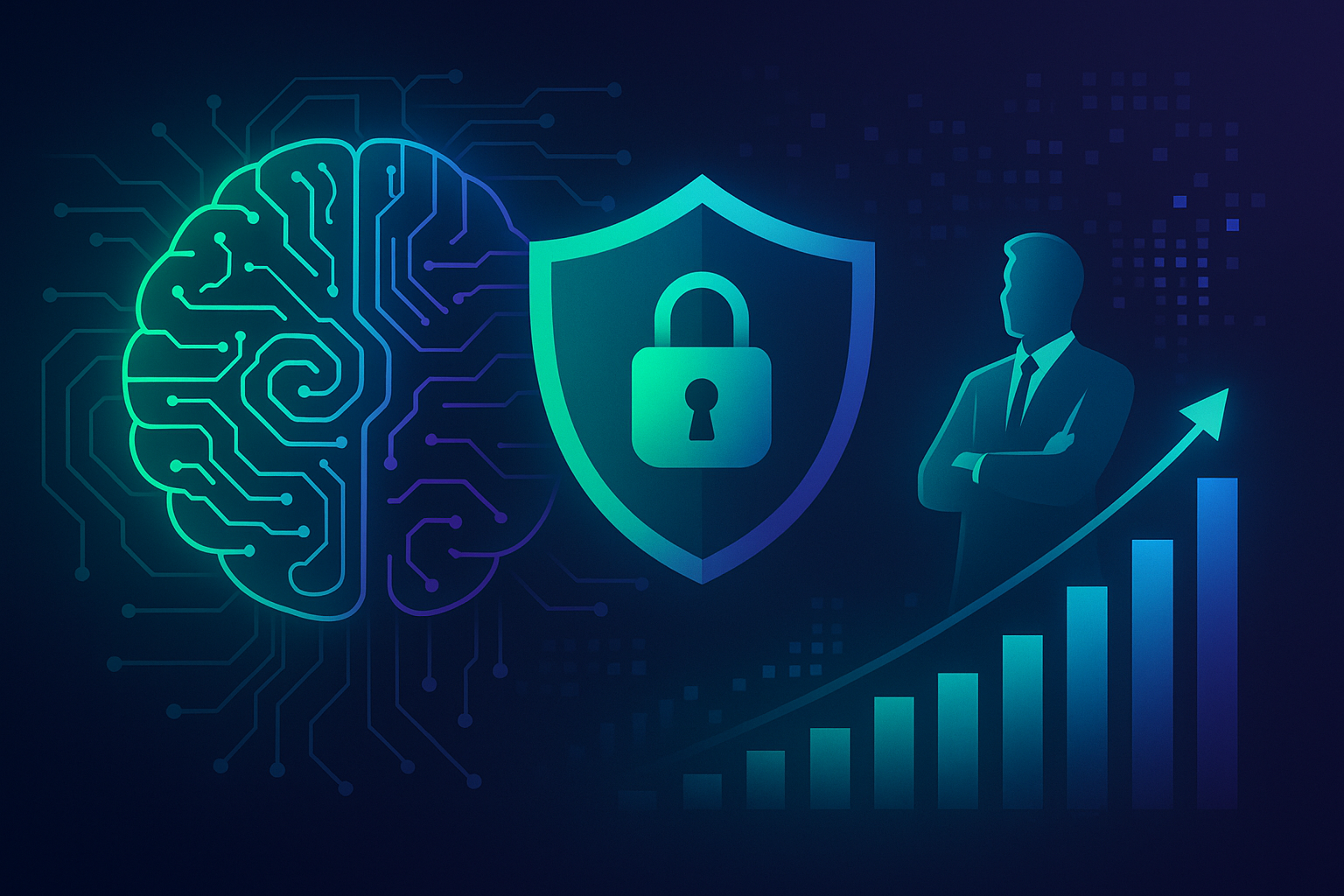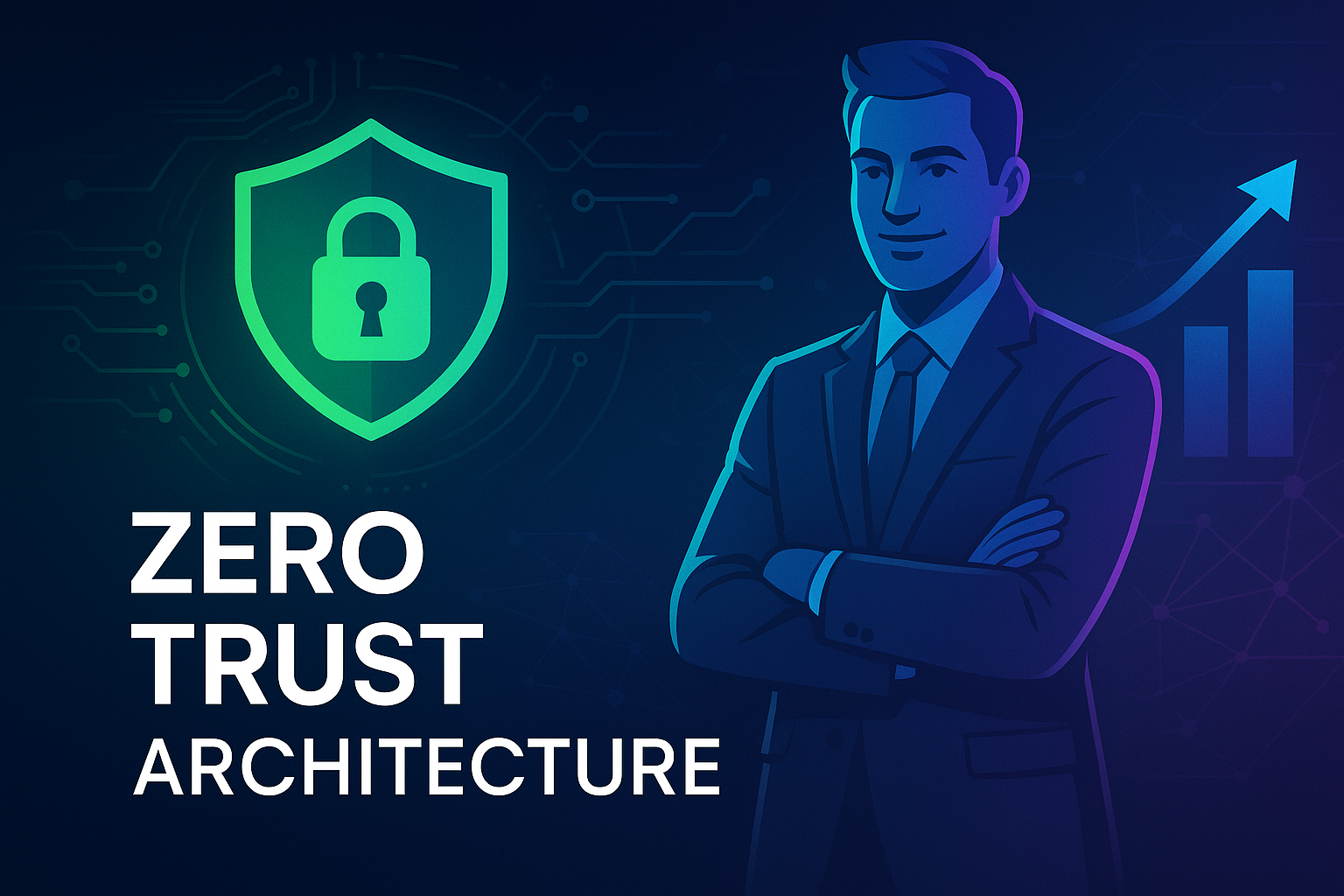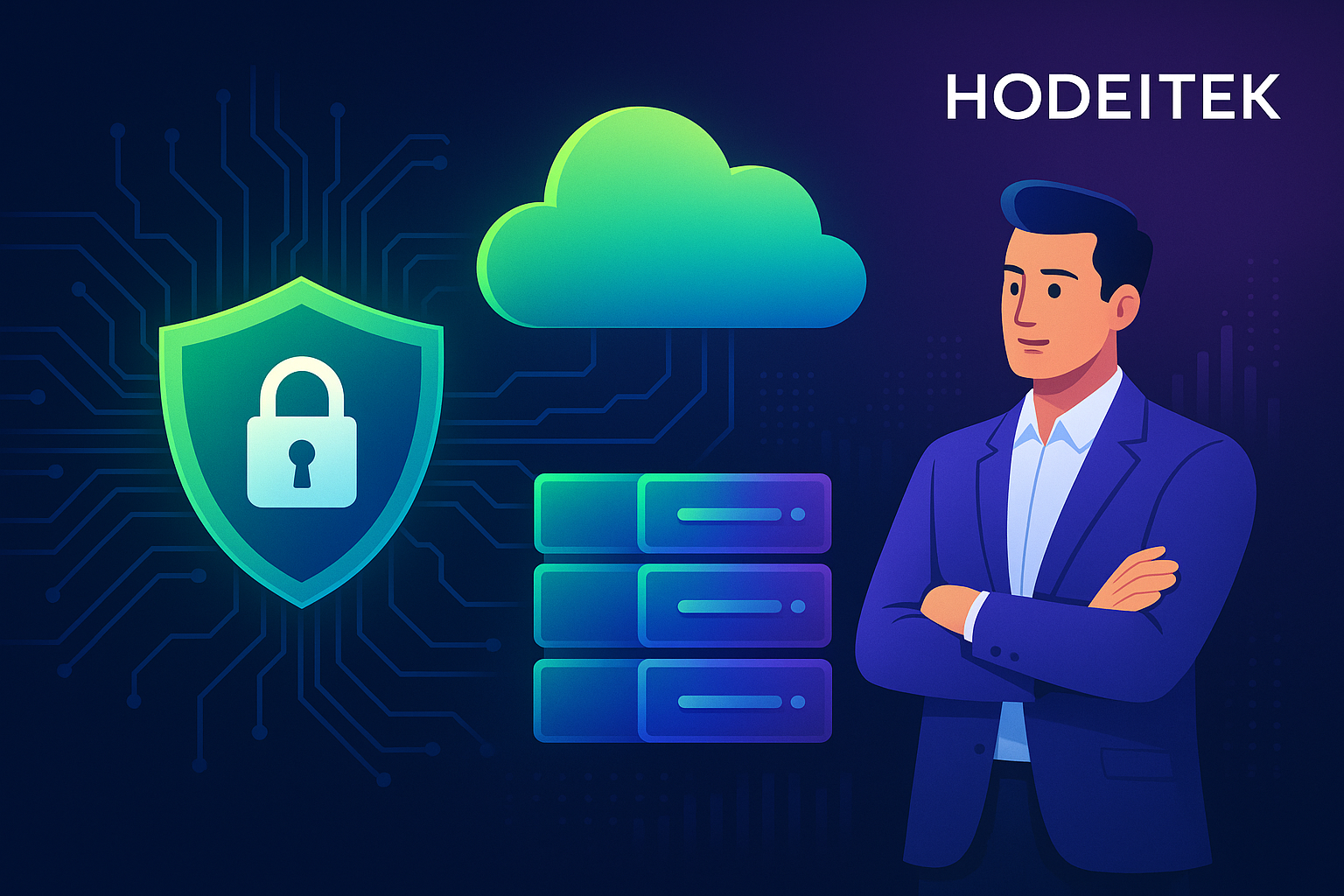The Dynamics of Deepfake Scams: Understanding and Mitigating the Threat
In the continuously evolving landscape of cybersecurity, the advent of deepfake technology has presented new and intricate challenges. Deepfakes, which utilize artificial intelligence (AI) to create hyper-realistic but fake audio and video content, have not only permeated social media and entertainment but have also become potent tools for cybercriminals. This article delves into the dynamics of deepfake scams, exploring their implications, providing comprehensive strategies for mitigation, and highlighting how Hodeitek’s tailored cybersecurity services can safeguard your organization against such sophisticated threats.
What Are Deepfake Scams?
Deepfake scams involve leveraging advanced AI algorithms to create or alter video and audio files, making them appear genuine. These manipulated media pieces are then used to deceive individuals or organizations, often leading to financial loss, reputation damage, or unauthorized access to sensitive information. As detailed by Unit 42 of Palo Alto Networks, the sophistication of these scams is increasing, with deepfakes being deployed in phishing schemes, impersonation fraud, and even disinformation campaigns.
The Mechanics of Deepfake Technology
Deepfakes are generated using techniques such as Generative Adversarial Networks (GANs). GANs operate as two neural networks in tandem—one creating the fake content and the other evaluating its authenticity. This back-and-forth process results in highly convincing audio and video that can be difficult to distinguish from the real thing. This technology presents significant risks, especially when used to impersonate CEOs, financial officers, or other key personnel for nefarious purposes.
Real-World Examples and Impact
Several high-profile cases demonstrate the potential damage caused by deepfake scams:
- Financial Fraud: In 2019, an energy firm in the UK was scammed out of $243,000 after the CEO was duped into transferring funds to a fraudulent account due to a deepfake voice impersonation.
- Political Manipulation: Deepfakes have been used to create fake political speeches or manipulate public opinion by spreading misinformation.
- Corporate Espionage: Industrial competitors have reportedly used deepfakes to extract confidential information or disrupt operations.
Mitigating Deepfake Threats: Hodeitek’s Advanced Cybersecurity Solutions
Protecting your organization from the multifaceted threat of deepfake scams requires a robust, multi-layered security approach. Hodeitek offers an array of cybersecurity services designed to address these risks comprehensively:
EDR, XDR, and MDR
Endpoint Detection and Response (EDR), Extended Detection and Response (XDR), and Managed Detection and Response (MDR) services are pivotal in identifying and mitigating threats. These solutions provide continuous monitoring, threat hunting, and incident response capabilities, which are crucial for detecting deepfake intrusions promptly.
Benefits:
- Continuous Monitoring: Real-time surveillance of endpoints to detect anomalies.
- Threat Hunting: Proactive identification and mitigation of sophisticated attacks.
- Rapid Response: Quick remediation to minimize damage from security breaches.
Next Generation Firewall (NGFW)
Next Generation Firewalls (NGFWs) are crucial for establishing robust perimeter defenses. With capabilities such as deep packet inspection, application awareness, and intrusion prevention, NGFWs can thwart attempts to introduce malicious deepfake content into the organizational network.
Benefits:
- Deep Packet Inspection: Inspecting all incoming traffic to block threats.
- Application Awareness: Understanding application behaviors to spot irregularities.
- Intrusion Prevention: Stopping malicious activities before they impact the network.
Vulnerability Management as a Service (VMaaS)
VMaaS is essential for identifying and remediating vulnerabilities that could be exploited by deepfake-related cyber threats. Regular assessments and updates ensure your systems remain secure against evolving attacks.
Benefits:
- Continuous Assessment: Regularly scanning for vulnerabilities.
- Timely Remediation: Prompt fixes to security gaps.
- Compliance Support: Ensuring adherence to regulatory requirements.
SOC as a Service (SOCaaS)
SOC as a Service (SOCaaS) 24×7 provides round-the-clock monitoring and response capabilities. Our SOC experts leverage the latest technologies to detect and neutralize threats, including those posed by deepfakes, ensuring your organization is always protected.
Benefits:
- 24/7 Monitoring: Around-the-clock surveillance and threat detection.
- Expert Analysis: Skilled cybersecurity professionals managing incidents.
- Rapid Incident Response: Swift action to mitigate and remediate threats.
Industrial SOC as a Service (SOCaaS)
Industrial SOC as a Service (SOCaaS) 24×7 tailors our SOC services to industrial environments, offering specialized protection for SCADA and industrial control systems against deepfake manipulations and other advanced threats.
Benefits:
- Industrial Focus: Expertise in securing industrial control systems.
- Resilience Building: Enhancing the security posture of critical infrastructure.
- Specialist Monitoring: Dedicated security for industrial environments.
Cyber Threat Intelligence (CTI)
Cyber Threat Intelligence (CTI) services equip organizations with actionable insights into threat actors and methodologies. By understanding the landscape, businesses can better prepare and defend against deepfake scams.
Benefits:
- Insightful Analysis: Detailed understanding of threat actors and tactics.
- Proactive Defense: Anticipating and mitigating attacks before they occur.
- Strategic Advantage: Decision-making based on precise intelligence.
Data Loss Prevention (DLP)
Data Loss Prevention (DLP) solutions guard sensitive information from leaking out of the organization, intentionally or accidentally. This protection is crucial when dealing with deepfake-related scams where sensitive data could be manipulated or exfiltrated.
Benefits:
- Information Security: Protecting confidential data from unauthorized access.
- Compliance Adherence: Ensuring compliance with data protection regulations.
- Risk Mitigation: Reducing the risk of data breaches.
Web Application Firewall (WAF)
Web Application Firewalls (WAF) protect web applications from cyberattacks, including those leveraging deepfake technologies to breach web-based services.
Benefits:
- Application Protection: Defending against application-layer threats.
- Enhanced Security: Identifying and mitigating complex attacks.
- Compliance Support: Meeting regulatory standards and requirements.
Integrating Deepfake Detection into Cybersecurity Strategies
Given the complexity and evolving nature of deepfake scams, organizations must adopt a comprehensive and proactive approach:
- Employee Training: Regularly educating employees about the risks associated with deepfakes and how to identify suspicious communications.
- Advanced Authentication: Implementing multi-factor authentication (MFA) to verify the identity of individuals beyond voice or video interactions.
- AI and Machine Learning Tools: Utilizing AI-driven solutions to detect anomalies in audio and video content.
- Continuous Monitoring and Response: Leveraging services such as SOCaaS for real-time threat detection and incident response.
Conclusion
The threat landscape is continuously evolving, with deepfake scams representing a sophisticated and highly potent danger. Organizations must stay ahead of these threats by adopting comprehensive cybersecurity strategies. Hodeitek’s extensive range of cybersecurity services can help your business prepare, detect, and respond effectively to deepfake threats. From EDR, XDR, and MDR to specialized SOC and Cyber Threat Intelligence, our solutions are designed to offer robust protection and peace of mind.
Ready to safeguard your organization against deepfake scams? Contact Hodeitek today to learn how our custom-tailored cybersecurity solutions can defend your business from these advanced digital threats.






